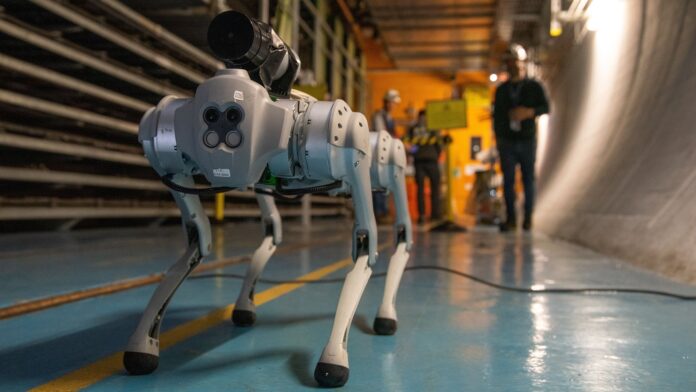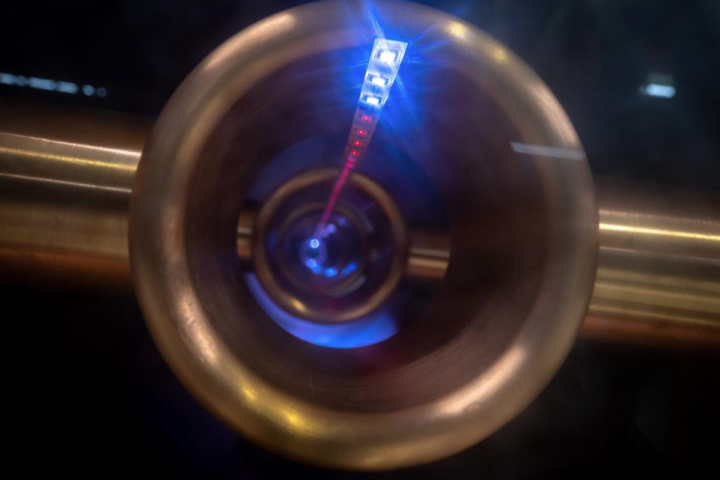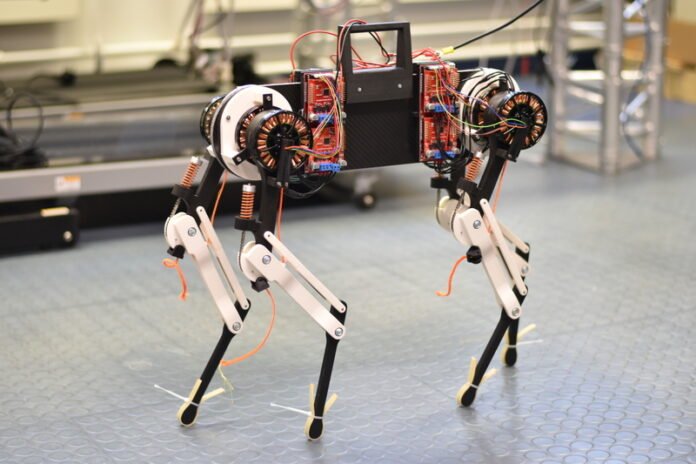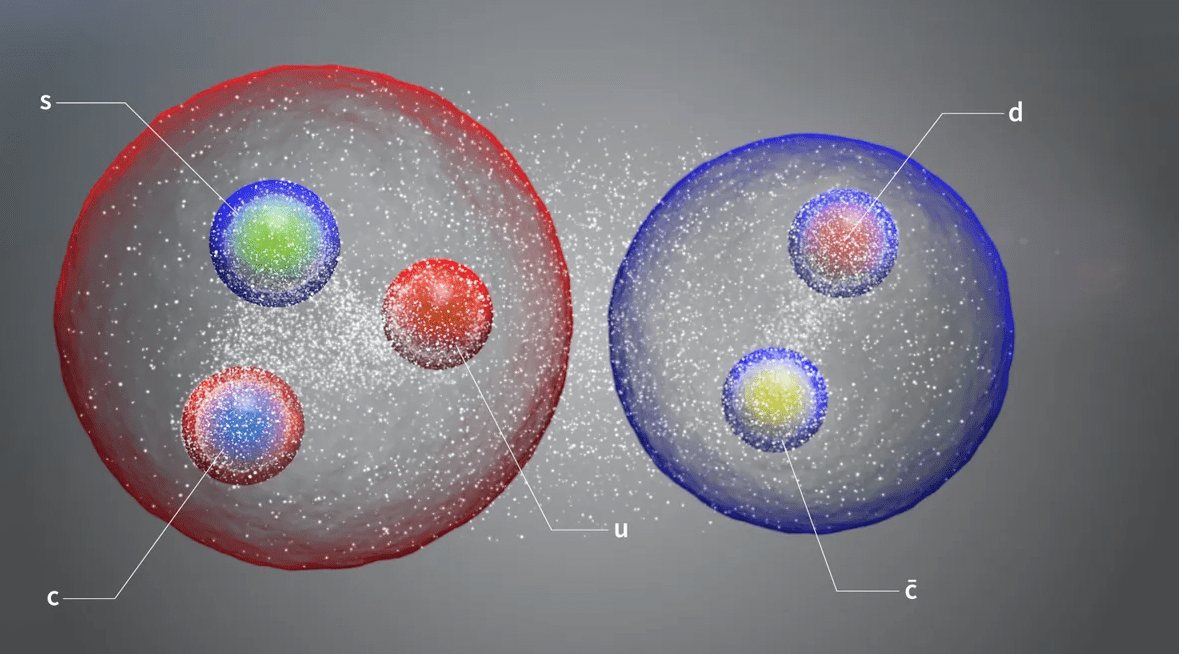Deep within the Large Hadron Collider (LHC) at CERN, Geneva, lies a world humans aren’t meant to explore. This colossal particle accelerator blasts protons and subatomic particles at nearly light speed, generating radiation hazardous to people. Navigating these cramped, cluttered, and uneven spaces demands a unique solution.
Enter CERN’s “Robodog,” the aptly named quadrupedal robot inspired by canines. This week, CERN proudly presented the CERNquadbot, which recently aced its first radiation measurement mission in the North Area, the LHC’s largest experimental zone. Equipped with advanced sensors and agility, the CERNquadbot can traverse tight spaces and uneven terrain inaccessible to traditional robots.
In the coming days, this innovative “Robodog” will embark on further missions, patrolling other experimental vaults to detect potential hazards and analyze critical areas. Its success marks a significant advancement in radiation safety and inspection, paving the way for safer and more efficient operations within the LHC and beyond.
Robots at the #LHC
A new type of robot called CERNquadbot has successfully completed its first radiation protection test inside CERN’s largest experiment area.
CERNquadbot also known as ‘Robodog’ will be able to enter new dimensions of the caverns, unlike the previous wheeled,… pic.twitter.com/DQoCW2TzBy
— CERN (@CERN) February 6, 2024
Robodog Patrols: Conquering Hazards in the LHC’s Labyrinth
The labyrinthine experimental caverns of the Large Hadron Collider (LHC) pose a dual threat: hazardous environments and tight accessibility for both humans and traditional robots. Transient radiation, flames, and water leaks render some areas off-limits to humans, while uneven terrain and stairs were stumbling blocks for CERN’s previous, wheeled and tracked robots, despite their strength in moving heavy objects.
Enter CERN’s ingenious solution: the “Robodog,” a four-legged marvel inspired by canine agility. Unlike its predecessors, CERNquadbot effortlessly navigates up, down, and sideways, gracefully adapting to even the most uneven surfaces. Witness the robot in action! A video showcases its nimble movements on sidewalks, metal grates, and more, all while its sensors scan the environment. Guided by a nearby human operator, it even displays impressive bipedal skills. During a recent test run in a particularly obstacle-laden northern area, Robodog utilized its entire repertoire of maneuvers, proving its mettle as a true champion of navigating complex environments.
“There are a lot of loose bundles of cables and pipes sliding and moving on the floor,” Chris McGreavy, a robotics engineer at CERN’s Control, Electronics and Mechatronics, said in a statement. “Wheeled robots can’t get through them. It’s difficult even for humans.”
Fortunately, Robodog is up to the task. Unlike other live dogs, Robodog doesn’t ask for a tasty snack as a reward.
“There were no problems at all: the robot was completely stable throughout our review,” adds McGreavy.
With the successful completion of the test, CERN says it has improved the robot’s capabilities and is preparing to deploy the robot and its successors in the experiment caves. These include the ALICE detector, which is used to study quark-gluon plasma. These areas often contain stairs and other complex surfaces that CERN’s other, less maneuverable robots would struggle with. Once inside, the robot dogs will monitor the area for hazards such as flames and water leaks, or respond quickly to alarms.
CERN referred PopSci to this blog when we asked for more details about the robot.
Dog-inspired robots go where humans can’t
Quadruped robots have gained popularity in numerous industries in recent years for their ability to nimbly access areas that humans or larger robots cannot because they are too cumbersome or dangerous. Boston Dynamics’ “Spot” robot, perhaps the best-known quadruped on the market today, has been used to survey dangerous offshore oil drilling sites, investigate abandoned former mining facilities and even monitor a large stadium in Atlanta, USA. More controversial things have been done, and law enforcement personnel in New York City and along the US southern border have also turned to these quadruped robots to explore areas otherwise considered too dangerous for humans.
Still, CERN doesn’t expect its new Robodog to completely eliminate the need for other models in its robot family. Instead, the various robots will work together and, with their unique skills, fill the gaps in this ultimate goal of accelerating the process of scientific discovery.




